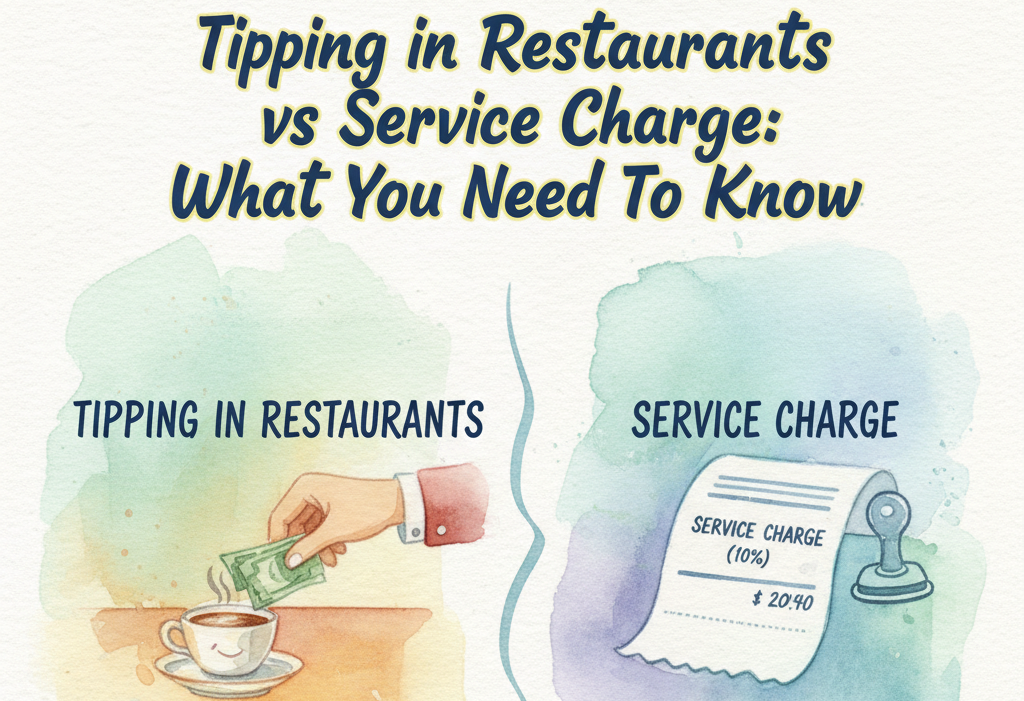In the fast-paced world of restaurant management, every detail counts. From the menu selection to the ambiance, every aspect of a restaurant plays a crucial role in shaping the customer experience. However, one often overlooked aspect that can make or break a restaurant’s success is its layout design.
A well-thought-out restaurant layout isn’t just about aesthetics; it’s about optimizing space, enhancing workflow, and ultimately increasing profitability. In this comprehensive guide, we’ll delve into the importance of restaurant layout design and how it can significantly impact the efficiency and success of your establishment.
The Role of Restaurant Layout in Customer Experience
The moment a customer walks through the door, they begin to form their impression of your restaurant. A thoughtful layout can guide them seamlessly from the entrance to their table, ensuring a smooth and enjoyable experience from start to finish. By strategically placing key elements such as the host stand, bar area, and dining sections, you can create a welcoming environment that encourages guests to relax and enjoy their meal.
Maximizing Space Utilization
Space is a valuable commodity in the restaurant industry, especially in densely populated urban areas. A well-designed layout can help you make the most of every square foot, maximizing seating capacity without sacrificing comfort or ambiance. By carefully planning the placement of tables, booths, and other furnishings, you can create a layout that feels spacious and inviting while still accommodating a high volume of guests during peak hours.
Enhancing Workflow and Staff Efficiency
Efficiency is the key to running a successful restaurant, and the layout plays a crucial role in streamlining operations. By organizing the kitchen, service areas, and dining spaces logically and intuitively, you can optimize workflow and minimize unnecessary movement. This not only speeds up service times but also reduces the risk of errors and ensures a smoother overall dining experience for your guests.
Creating Zones for Different Activities
Every restaurant has unique needs and requirements, and a well-designed layout should reflect this diversity. By creating distinct zones for dining, bar service, waiting, and other activities, you can cater to a wide range of preferences and ensure that every guest feels at home. Whether it’s a cozy corner booth for a romantic dinner or a lively bar area for socializing with friends, the right layout can enhance the overall dining experience and keep guests coming back for more.
The Impact of Restaurant Layout on Revenue Generation
Ultimately, the goal of any restaurant layout is to increase profitability, and a well-executed design can have a significant impact on revenue generation. By strategically placing high-margin items, creating focal points for specials or promotions, and optimizing seating arrangements to encourage higher spending, you can boost sales and maximize profits. Additionally, a well-designed layout can help increase table turnover rates, allowing you to serve more guests and generate more revenue during peak hours.
The Importance of Flexibility in Restaurant Design
In today’s ever-changing restaurant landscape, flexibility is key to staying competitive. A well-designed layout should be adaptable enough to accommodate changing trends, seasonal fluctuations, and evolving customer preferences. Whether it’s reconfiguring seating arrangements to accommodate larger parties or introducing new dining concepts to appeal to different demographics, a flexible layout ensures that your restaurant can evolve and thrive in an increasingly competitive market.
Implementing Ergonomics for Staff Comfort
Happy staff equals happy customers, and a well-designed layout can go a long way in ensuring employee satisfaction and productivity. By incorporating ergonomic principles into the design of kitchen spaces, workstations, and seating areas, you can create a comfortable and efficient work environment that promotes employee well-being. From adjustable seating to strategically placed workstations, small design details can make a big difference in staff morale and performance.
Incorporating Technology in Restaurant Layouts
In today’s digital age, technology plays an increasingly important role in restaurant operations. From online reservations to mobile ordering systems, integrating technology into your layout can streamline operations, improve efficiency, and enhance the overall guest experience. Whether it’s implementing self-ordering kiosks, tableside ordering devices, or kitchen display systems, embracing technology can help your restaurant stay ahead of the curve and meet the growing demands of today’s tech-savvy consumers.
In conclusion, the importance of restaurant layout design cannot be overstated. From enhancing the customer experience to optimizing workflow and increasing profitability, every aspect of your restaurant can benefit from a well-thought-out layout. By maximizing space utilization, creating distinct zones for different activities, and incorporating flexibility and technology, you can set your restaurant up for success in today’s competitive market. Remember, investing in a thoughtful and efficient layout is not just an expense; it’s an investment in the long-term success and profitability of your restaurant.



